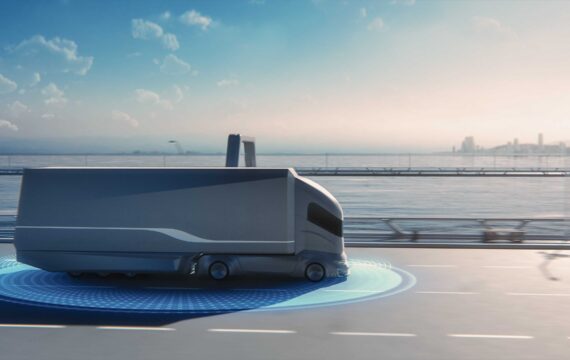Telematics for Fleets: Making Sense of and Cents from Vehicle Data
- Services
-
AI-Enabled EngineeringAccelerate product delivery through AI-enabled software development that improves efficiency, reduces costs, and elevates team performance.
-
Innovation HubInnovation isn’t about jumping on the latest tech bandwagon. It’s about harnessing the right technology to tackle the real-world challenges our clients and employees face every day.
-
Technology ConsultingTechnology consulting services that help your business prepare for what’s next: Digital strategy, AI readiness, next-gen software architectures and modernization services.
Featured Services -
- Industries
- About
- Insights
- Careers













